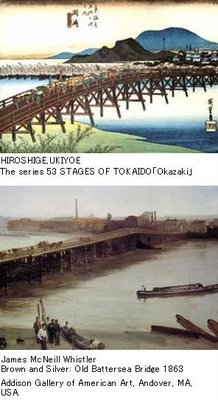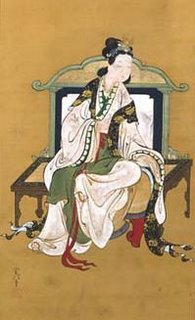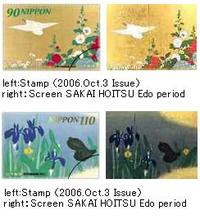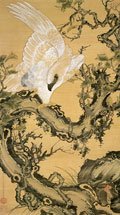Vermeer “Geographer” The Bunkamura Museum of Art Tokyo
Thursday, March 3 - Sunday, May 22, 2011
The Bunkamura Museum of Art (24-1, Dogenzaka 2-chome, Shibuya-Ku, Tokyo)
Do you like Vermeer ?
The Geographer 1669 Städel Museum
The Astronomer 1668 Musée du Louvre
Allegory of Painting 1669 Kunsthistorisches Museum
Woman holding a balance 1662-1665 National Gallery of Art, Washington
The little street 1658 Rijks Museum
Girl reading a Letter at an Open Window 1658 Staatliche Kunstsammlungen Dresden
フェルメール «地理学者»とオランダ・フランドル絵画展 シュテーデル美術館所蔵 (2011年3月3日-5月22日 Bunkamura ザ・ミュージアム)
Labels: フェルメール、地理学者、オランダ・フランドル絵画展
















 International correspondence greeting stamp
International correspondence greeting stamp
 「枯木鷲猿図」 個人蔵
「枯木鷲猿図」 個人蔵 「花卉双鶏図」
「花卉双鶏図」

